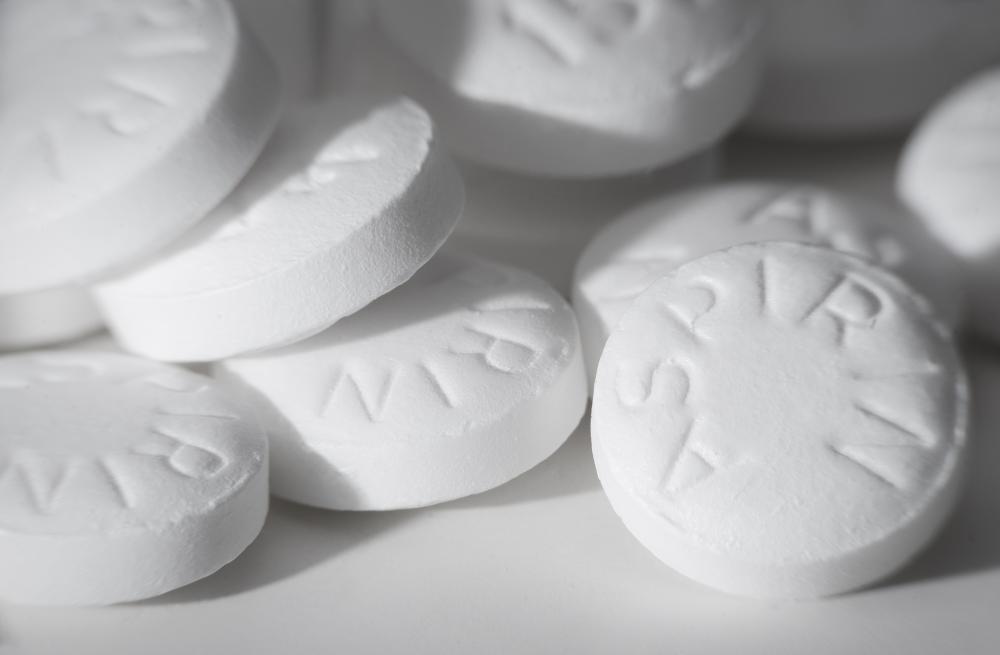At WiseGEEK, we're committed to delivering accurate, trustworthy information. Our expert-authored content is rigorously fact-checked and sourced from credible authorities. Discover how we uphold the highest standards in providing you with reliable knowledge.
What are the Different Options for Myocardial Infarction Management?
Ideally, myocardial infarction management begins with prevention, such as making healthy lifestyle changes. These changes should include a regular exercise program, a low-cholesterol diet, and quitting smoking, if applicable. Those who are at a high risk of myocardial infarction, commonly called a heart attack, may also be prescribed medications for prevention. When a person does suffer a heart attack, he will be treated with medications and possibly surgery. Once he is recovered, the patient must follow heart attack prevention guidelines to avoid suffering another myocardial infarction.
Even if a patient does not have risk factors for a heart attack, he should incorporate prevention measures into a healthy lifestyle for long-term myocardial infarction management. Those who use tobacco can ask their doctors for help quitting. Support groups, nicotine replacements, and even medications can aid a person in quitting tobacco. A low-fat and low-sodium diet will also reduce the risk of a heart attack. Patients can work with a dietitian to develop a healthy, long-term diet plan.

The lack of exercise places a person at a greater risk of a heart attack. Myocardial infarction management must also include a regular exercise program that includes aerobic workouts. It is recommended that people exercise for 30 to 60 minutes at least four to six times weekly. Those who have a low fitness level should begin slowly and gradually increase the length and frequency of the workouts. Exercise can help patients lose weight, which will also reduce the possibility of a heart attack.

Long-term myocardial infarction management also includes controlling certain risk factors. For example, diabetics and people with hypertension, or high blood pressure, are more likely to suffer from a heart attack. Consistently managing blood sugar or lowering blood pressure is essential for preventing damage to the heart.
Patients who are at a high risk of a heart attack may be prescribed medications for myocardial infarction management. High cholesterol can be lowered with several different drugs, such as niacin and statins. Those with hypertension may take beta blockers to lower blood pressure. Daily, low-dose aspirin is also commonly prescribed to reduce the risk of blood clots.

When a person does suffer a heart attack, immediate measures must be taken to thin the blood and break up blood clots. An aspirin should be taken immediately and the emergency health care personnel will give the patient oxygen. The doctor will likely administer a medication called a thrombolytic, which dissolves blood clots. Nitroglycerin can increase blood circulation and beta blockers can lower blood pressure. Heparin, a blood thinner, may be given by injection or intravenously for several days following the myocardial infarction.
Surgery may also be needed for myocardial infarction management, depending on how severely the heart muscle was damaged. An emergency operation, called a coronary angioplasty and stent placement, will open the arteries. This procedure is ideally performed no later than 90 minutes after the patient is evaluated at the hospital. Less commonly, an emergency coronary artery bypass surgery may be needed to allow the blood to flow around the blocked artery.
AS FEATURED ON:
AS FEATURED ON:













Discuss this Article
Post your comments